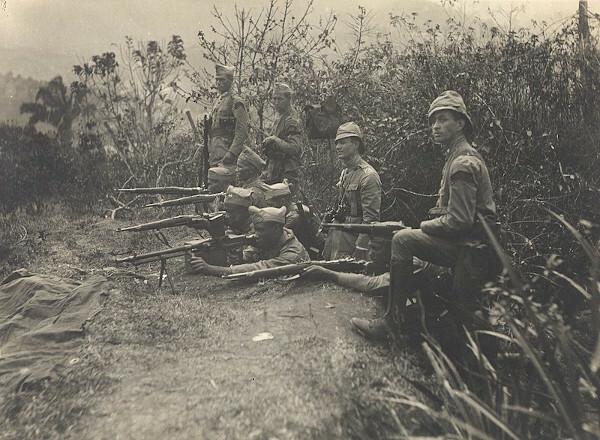The Background of the Revolution of 30
Interpreted as the revolution that put an end to the predominance of oligarchies in the Brazilian political scenario, the Revolution of 1930 had a series of conjunctural factors that explain this historical fact. The very use of the term 'revolution' as a definition of this fact may also restrict other issues linked to this important event. At first, we can assess the influence of some internal and external factors that explain the movement.
Internationally, we can highlight the rise of some capitalist practices and the crisis of the capitalist system itself. Increasingly, the modernization of national economies, including the Brazilian one, was only imagined with the intervention of a State concerned with implementing an autonomous and sustaining industrial park of its own economy. On the other hand, capitalism was going through a moment of crisis caused by the collapse of financial speculations that even caused the “crash” of the New York Stock Exchange in 1929.
Apathetic to this set of transformations, the oligarchic governments preferred to keep the nation under an agro-export economic regime. Thus, the Brazilian economy suffered, especially in the first decades of the 20th century, severe oscillations in its economic performance. In other words, the Brazilian economy was only doing well when the great industrial powers were able to consume Brazilian agricultural products.
Defending this conservative and archaic policy, the oligarchic elites ended up paying a high price to curb the modernization of the Brazilian economy. On the one hand, the popular layers were increasingly suffering from the impact of governments that did not create effective social policies and, at the same time, did not pay attention to emerging social sectors (military, middle classes and worker). On the other hand, the oligarchies themselves were unable to maintain a homogeneous political position through an uncertain and fluctuating economy.
Facts that marked the process of the Revolution of 30
In this context, we can understand that the crisis of the oligarchies was a crucial step towards the revolution. With the impact of the 1929 crisis, the then president of São Paulo Washington Luís decided to support the candidacy of his fellow countryman Júlio Prestes. Known as the “Pure Coffee Policy”, the candidacy of Júlio Prestes broke with the old arrangement of the "Coffee with Milk Policy", in which landowners from Minas Gerais and São Paulo would alternate in the mandate presidential.
Dissatisfied with this measure, a group of dissident oligarchies – mainly from Minas Gerais, Rio Grande do Sul and Paraíba – created an electoral ticket against the candidacy of Júlio Prestes. Known as the Liberal Alliance, the ticket headed by the Rio Grande do Sul farmer Getúlio Dorneles Vargas promised a set of reformist measures. Among other points, the liberals defended the institution of the secret ballot, the establishment of labor legislation and the development of national industry.
The outcome of the Revolution of 30
Under a climate of distrust and tension, candidate Júlio Prestes was considered the winner of that year's elections. Even with the defeat of the liberals, a possible armed coup was still being considered. With the assassination of the liberal João Pessoa, on July 26, 1930, the opposition movement articulated the overthrow of the oligarchic government with the help of military sectors.
After controlling the outbreaks of resistance in the states, Getúlio Vargas and his allies arrived in Rio de Janeiro in November 1930. Beginning the so-called Era Vargas, Getúlio would remain in power for fifteen uninterrupted years (1930 – 1945) and, soon after, he would be elected by popular vote, returning to the presidency between the years of 1951 and 1954.
Do not stop now... There's more after the advertising ;)
By Rainer Sousa
Master in History
Would you like to reference this text in a school or academic work? Look:
SOUSA, Rainer Gonçalves. "Revolution of 1930"; Brazil School. Available in: https://brasilescola.uol.com.br/historiab/revolucao-30.htm. Accessed on June 27, 2021.

